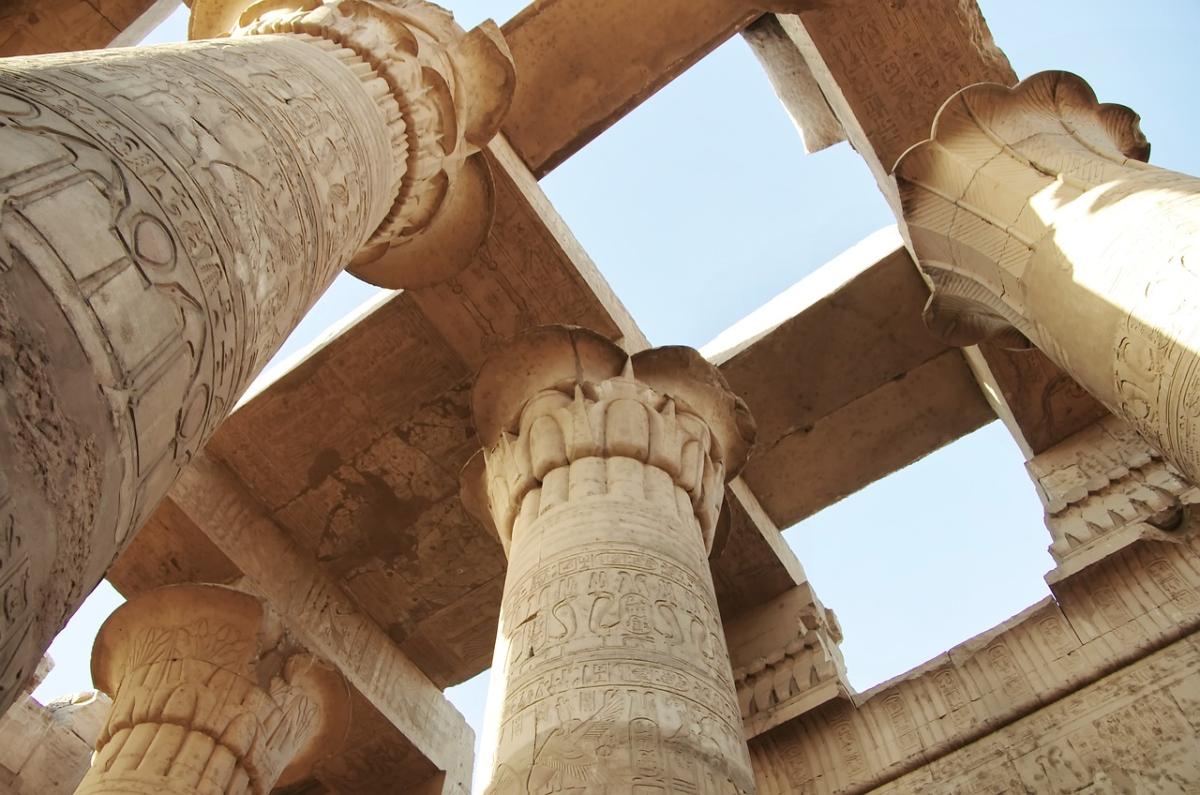
Unveiling the Magic: An Insiders Look at Karnak Temple
Deep in the heart of Egypt, near Luxor, lies a place that whispers of pharaohs and gods. The Karnak Temple Complex isn't just a collection of stones; it's a sprawling testament to millennia of devotion. Imagine a vast stage built over centuries by different pharaohs, each adding their mark to this glorious story in stone. Construction began way back in the Middle Kingdom (around 2055-1650 BCE) under King Senusret I, and it kept evolving for centuries!
Within its walls, you'll find a network of temples dedicated to the Theban triad - Amun-Ra, the mighty sun god; Mut, the mother goddess; and Khonsu, the moon god. Prepare to be awestruck by the sheer scale of it all. The Hypostyle Hall will leave you speechless - 134 towering columns, some reaching a dizzying 23 meters, stand guard like a forest of giants.
But Karnak isn't just about grandeur. As you walk, you'll encounter a sphinx-lined avenue, each one a silent guardian. Towering pylons announce the entrance to each temple, obelisks pierce the sky, and statues whisper secrets of bygone times. Two sacred lakes shimmer, reflecting the sky and serving as a place for purification before entering the holy areas. Keep your eyes peeled for the captivating hieroglyphs that adorn the walls, each symbol a piece of the incredible story Karnak has to tell.
This isn't just an archaeological site; it's a portal to a bygone era. Let Karnak weave its magic on you - it's an experience you won't forget.
Karnak: A Witness to Millennia
The story of Karnak begins not in a single moment, but over centuries. Its construction started around 2055 BCE in the Middle Kingdom, slowly transforming into a sprawling complex. By the reigns of Amenhotep III and Ramses II (around 1390-1237 BCE), Karnak reached its peak. Here, it earned the name "Pr-Imn," meaning "House of Amun" or "Holy Place of Amun," reflecting its dedication to the powerful sun god Amun-Ra.
But Karnak wasn't just about worshipping Amun-Ra. It became a stage for Egyptian history. Dignitaries from across the land journeyed here to be heard by the Pharaoh himself. Powerful women like Hatshepsut and coronation ceremonies of pharaohs like Thutmose III and Seti I all unfolded within these walls.
Karnak's stones whisper tales of battles fought against enemies like the Nubians and Romans. Alexander the Great himself visited in 332 BCE, offering sacrifices at the temple. The complex witnessed royal weddings, somber funerals, and joyous festivals. Some parts might have even been used to gaze at the stars and understand the cosmos.
Today, time has taken its toll. Earthquakes and invaders left their mark, with some structures reduced to ruins. Yet, what remains is awe-inspiring. The Hypostyle Hall, with its staggering 134 columns reaching 23 meters high, is a testament to the incredible engineering skills of the ancients. But Karnak's beauty goes beyond size. Sphinxes line the avenues, leading you towards colossal pylons that guard the entrances. Statues stand frozen in time, and obelisks pierce the sky, each element adding to the architectural masterpiece that is Karnak.
Karnak isn't just a collection of temples; it's a living testament to a civilization that thrived for millennia. It's a place where history comes alive, waiting to be explored.
A Labyrinth of Wonder: Exploring Karnak's Architecture
Karnak's architecture is a symphony of grandeur and detail. The undisputed star is the Hypostyle Hall - imagine a massive space with 134 towering columns, some reaching an incredible 23 meters! It's a testament to the ingenuity and engineering prowess of the ancients.
But that's just the beginning. As you approach each temple, sphinx-lined avenues create a path fit for a Pharaoh. Towering pylons, like gateways to another time, flank the entrances, their surfaces adorned with hieroglyphic stories waiting to be deciphered. Obelisks pierce the sky, silent sentinels, while statues stand guard, their enigmatic expressions hinting at forgotten rituals.
The layout itself is like a journey. From east to west, you'll encounter a series of courtyards, each leading you closer to the heart of the temple. Here, in the inner sanctums, ceremonies and acts of worship took place. Two sacred lakes shimmer, offering a place for purification before entering the holy areas. A network of chambers winds through the complex, some holding offerings, others serving as storerooms filled with treasures from a bygone era.
And the story doesn't end there. Outer precincts might house stables or workshops, buzzing with activity that sustained the temple's life. Within these precincts, you'll find smaller temples dedicated to other gods like Mut or Khonsu. Connected by passageways and galleries, they weave a tapestry of belief, forming a unified whole even though each element is unique.
Exploring Karnak's architecture is like stepping into a world where the divine and the practical co-existed. It's a place that inspires awe and invites you to imagine the lives that unfolded here for centuries.
Notable Aspects and Structures
The Great Hypostyle Hall is perhaps the most iconic feature of the Temples of Karnak. This enormous hall features 134 columns that reach up to 23 meters high and form a forest of stone pillars that are believed to be one of the greatest architectural feats in Egyptian history. The columns, which were built by Amenhotep III and Ramses II, are decorated with inscriptions describing religious ceremonies, wars, or other events related to this period. There is even evidence suggesting that some parts may have been used for astrological observations too!
The Sacred Lake sits near the entranceway to the complex where priests purified themselves before entering into worship - its waters were also believed to be inhabited by sacred crocodiles which acted as guardians for this temple site. Today it has become an important archaeological resource providing insight into how water was managed during ancient times in Egypt as well as being a popular tourist attraction due to its grandeur.
Finally, leading up towards each temple’s entrance is an Avenue of Sphinxes - a long line up of sphinxes carved from sandstone and granite whose faces represent different gods depending on their position within this procession such as Amun Ra or Mut. This avenue was used both symbolically and practically: while serving as a path connecting temples together it also represented kingship - acting like sentinels guarding these sacred sites from any would-be intruders who dared enter their realm uninvited.
Where Faith Came Alive: Religious Activities at Karnak
Within Karnak's walls, faith pulsed with life. Daily worship and prayer were the heartbeat of the temple. People flocked here seeking blessings and protection from the gods. Inner sanctums, dedicated to Amun-Ra, Mut, and Khonsu, became the stage for these ceremonies. Imagine priests leading worshippers in processions, weaving through courtyards, perhaps even crossing bridges that spanned reflecting pools. Reaching the pylons, monumental gateways, they'd offer sacrifices - animals or precious foods - to appease the deities.
But Karnak wasn't just about daily rituals. It was a grand stage for grander occasions. Pharaohs, seeking legitimacy and power, held their coronations here. Imagine Hatshepsut, Thutmose III, Seti I - all ascending to the throne amidst the grandeur of Karnak, their voices echoing through the halls witnessed by dignitaries from across Egypt.
The complex also bore witness to history unfolding. Alexander the Great himself, in 332 BCE, paid homage by offering sacrifices. Battles fought against enemies, royal weddings filled with joy, somber funerals honoring lost pharaohs, and joyous festivals celebrating life and the bounty of the Nile - they all played out within these sacred grounds. The very stones whisper tales of these events, a testament to Karnak's enduring significance.
Karnak's Enduring Legacy: A Beacon Through Time
Karnak's magnificence transcends time. Today, it's a UNESCO World Heritage Site, drawing visitors from all corners of the globe. Tourists come not just to marvel at its scale, but to connect with the ancient Egyptians who built it. Each year, archaeologists uncover new secrets, piece by piece revealing how this complex functioned in its prime.
But Karnak's influence isn't limited to dusty tombs and historical records. It's a muse for artists. From captivating paintings and sculptures to music echoing the temple's grandeur, Karnak inspires creative expression. Even the world of literature feels its touch. Novels like Wilbur Smith's "River God" weave stories set against the backdrop of this majestic place, proving Karnak's enduring grip on our imagination.
Karnak isn't just a collection of stones; it's a bridge to the past, a wellspring of inspiration, and a testament to human achievement. It's a reminder that even the grandest empires leave a legacy that continues to resonate for millennia.
Karnak: A Journey Through Time
Imagine a place where pharaohs walked and gods were worshipped. Deep in the heart of Luxor, Egypt, lies the sprawling Karnak Temple Complex. This isn't just a collection of ruins; it's a 200-acre portal to a bygone era. Towering structures whisper tales of a civilization obsessed with the divine, their devotion etched in every stone. Karnak is a testament to both architectural brilliance and the deep spiritual beliefs of the ancient Egyptians. It's a place that beckons you to explore, to imagine the ceremonies and daily life that unfolded here for centuries. Prepare to be awestruck by Karnak's enduring splendor.
Karnak: A Story Etched in Stone
Karnak isn't just a temple complex; it's a story written in stone. Construction began around 1550 BCE, way back in the Middle Kingdom. Over the next two millennia, pharaohs became like chapters in this grand narrative. Each ruler added their verse, their vision, to this architectural masterpiece. As you explore Karnak, you'll see how the complex reflects the changing priorities and styles of these leaders, a testament to their ambition and devotion.
The Hypostyle Hall: A Forest of Wonder
Imagine stepping into a hall unlike any other. The Hypostyle Hall, the heart of Karnak, is a staggering testament to human ingenuity. It's massive - stretching 170 meters long and 52.5 meters wide. But size alone doesn't do it justice. Picture a forest of 134 colossal columns, each towering 23 meters high, their forms reminiscent of papyrus reeds.
As you gaze up, marvel at the intricate carvings that adorn these giants. Religious scenes and hieroglyphic inscriptions whisper stories of ancient rituals and gods. The sheer scale of it all is enough to leave you speechless. It's a place that evokes awe and reverence, a true masterpiece of engineering and artistry. Prepare to be humbled by the Hypostyle Hall.
Whispering Waters and Guardian Beasts: Karnak's Ritual Landscape
Within Karnak's walls, every element hummed with meaning. Shimmering pools of water, called sacred lakes, mirrored the life-giving Nile. Imagine these tranquil spaces, their surfaces reflecting the sky, adorned with carvings that hinted at ancient rituals. Here, priests purified themselves before entering the holy areas, preparing their bodies and souls to commune with the gods.
Leading towards the temples, grand avenues unfolded. But these weren't ordinary paths. They were lined with majestic sphinxes, creatures with the body of a lion and the head of a human. Carved from sandstone and granite, these enigmatic guardians embodied the power of the pharaohs, their watchful gazes protecting the sacred precinct from harm. Walking this path, you'd feel a sense of anticipation, knowing you were about to enter a realm steeped in symbolism and ritual.
A Stage for Devotion: Religious Practices at Karnak
Karnak wasn't just a collection of stones; it was a beating heart of faith. Here, a vibrant tapestry of religious practices unfolded. Imagine people from all walks of life gathering within the complex, seeking blessings and favors from the gods. They came to offer sacrifices - perhaps precious foods or even animals - hoping to appease the deities.
Inner sanctums, like sacred chambers, served as focal points for these rituals. Dedicated to Amun-Ra, the mighty sun god, his wife Mut, and their son Khonsu, the moon god, these spaces witnessed elaborate ceremonies. Picture processions winding through the halls, priests leading worshippers in prayers and rituals, a symphony of devotion echoing through the air. Karnak wasn't just a place of worship; it was a stage for faith, a place where the divine and human realms intertwined.
Karnak: Witness to History's Grand Spectacle
Karnak wasn't just a place of worship; it was a stage for Egypt's grand drama. Sure, it thrummed with daily rituals and ceremonies, but even beyond that, it witnessed the ebb and flow of history. Imagine the thunderous pronouncements as pharaohs were crowned within these very walls, their voices echoing through the halls packed with dignitaries from all corners of Egypt. These ceremonies solidified the pharaoh's divine right to rule.
But Karnak wasn't just about pomp and circumstance. It played host to the full spectrum of human experience. The clash of steel during momentous battles, the joyous celebrations of royal weddings, the solemn processions of funerals, and the exuberant energy of festivals - all these events unfolded here, leaving their mark on the very stones. Karnak is a testament to the rich tapestry of Egyptian history, whispering tales of a civilization that thrived for millennia.
Karnak: A Bridge Between Worlds
Karnak isn't just a pile of stones; it's a living legacy. It whispers tales of a civilization long gone, yet its magic continues to captivate visitors from all corners of the globe. Imagine standing where pharaohs once walked, feeling the weight of history around you.
Even today, archaeologists work tirelessly to peel back the layers of time. Each excavation is like a puzzle piece, revealing more about Karnak's magnificent past. These efforts aren't just about the complex itself; they enrich our understanding of the entire ancient world. As we unlock Karnak's secrets, we gain a deeper appreciation for the ingenuity and spiritual depth of a bygone era.
Karnak isn't a museum; it's a bridge between worlds. It allows us to connect with the people who built it, to understand their beliefs and their dreams. It's a reminder that even the grandest empires leave a legacy that continues to inspire us millennia later.
Karnak: A Muse Through Time
Karnak's influence stretches far beyond its walls. It's a muse that has whispered inspiration to artists, writers, and dreamers for centuries. Look closely at the intricate hieroglyphs, the soaring pylons, the sheer scale of it all - it's a symphony of visual storytelling. No wonder artists have tried to capture its magic in paintings, sculptures, and even modern buildings!
Music too, echoes with the grandeur of Karnak. Imagine composers translating the complex's energy into symphonies or using its rhythms as a foundation for their work. And literature? From novels set against the backdrop of Karnak to poems that evoke its spiritual aura, the written word continues to be touched by this ancient wonder.
Karnak isn't just a historical site; it's a wellspring of creativity, a testament to the enduring power of art. It reminds us that beauty can transcend time and inspire generations to come.
Karnak: A Whispering Oasis in Time
Imagine a place where towering structures whisper secrets of pharaohs and gods. Karnak isn't just a temple complex; it's a constellation of wonders, each monument a testament to the brilliance and devotion of a bygone era. It's an invitation to step back in time, a journey into the heart of ancient Egypt.
As you wander through its halls, the sheer scale will leave you speechless. But Karnak is more than just impressive; it's a place brimming with meaning. Every intricate carving, every towering pylon tells a story. It's a testament to the enduring power of human creativity, of faith that has echoed through millennia.
Exploring Karnak is like unraveling a tapestry of history. You'll connect with the pharaohs who built it, the priests who performed rituals here, the everyday people who sought solace in its halls. Here, amidst the grandeur, you might even find a piece of yourself - a connection to the human spirit that transcends time.
Karnak isn't just a place; it's an experience. It's a chance to marvel at the past, to ponder the mysteries of existence, and to find inspiration in the enduring legacy of a civilization that thrived for thousands of years. So, come explore, let Karnak whisper its stories to you, and discover the magic that awaits.
Conclusion
The Temples of Karnak have had an immense impact on architecture and culture throughout history, setting the precedent for many structures built after it. Its grandiose layout and its intricate decorations remain awe-inspiring to this day; its huge Hypostyle Hall with 134 columns reaching up 23 meters high stands testament to both ancient engineering feats as well as human ingenuity that created architectural beauty throughout each temple. Furthermore, the sacred lake near the entranceway provided a focal point for religious ceremonies while avenues lined with sphinxes leading up towards entrances flanked by multiple pylons adorned with hieroglyphic inscriptions still inspire visitors today.
Beyond just inspiring awe in those who admire it from afar, the Temples of Karnak also continue to be relevant in popular culture today - appearing in paintings, sculptures, musical compositions and literature such as Wilbur Smith’s River God (
. This demonstrates just how influential this temple complex has been throughout history - even up until present day! The ongoing archaeological activities at Karnak serve not only to uncover more about its past but also help us understand how this temple site was used which is particularly important considering we no longer practice worship there anymore. As such, The Temples of Karnak continues to hold great relevance today - providing an important window into our shared past that can be appreciated by all who visit or learn about it alike.
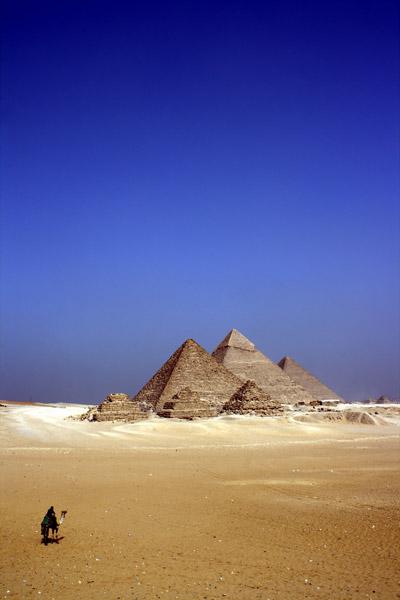
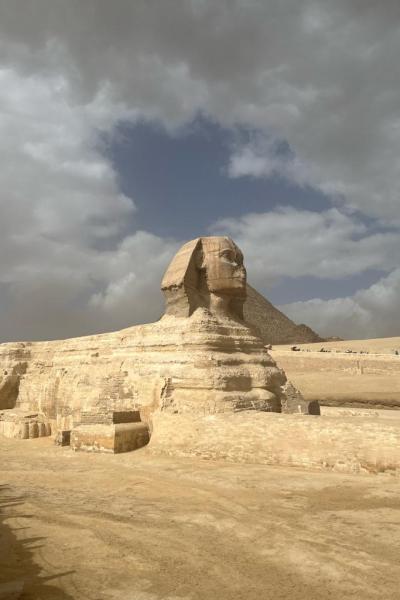
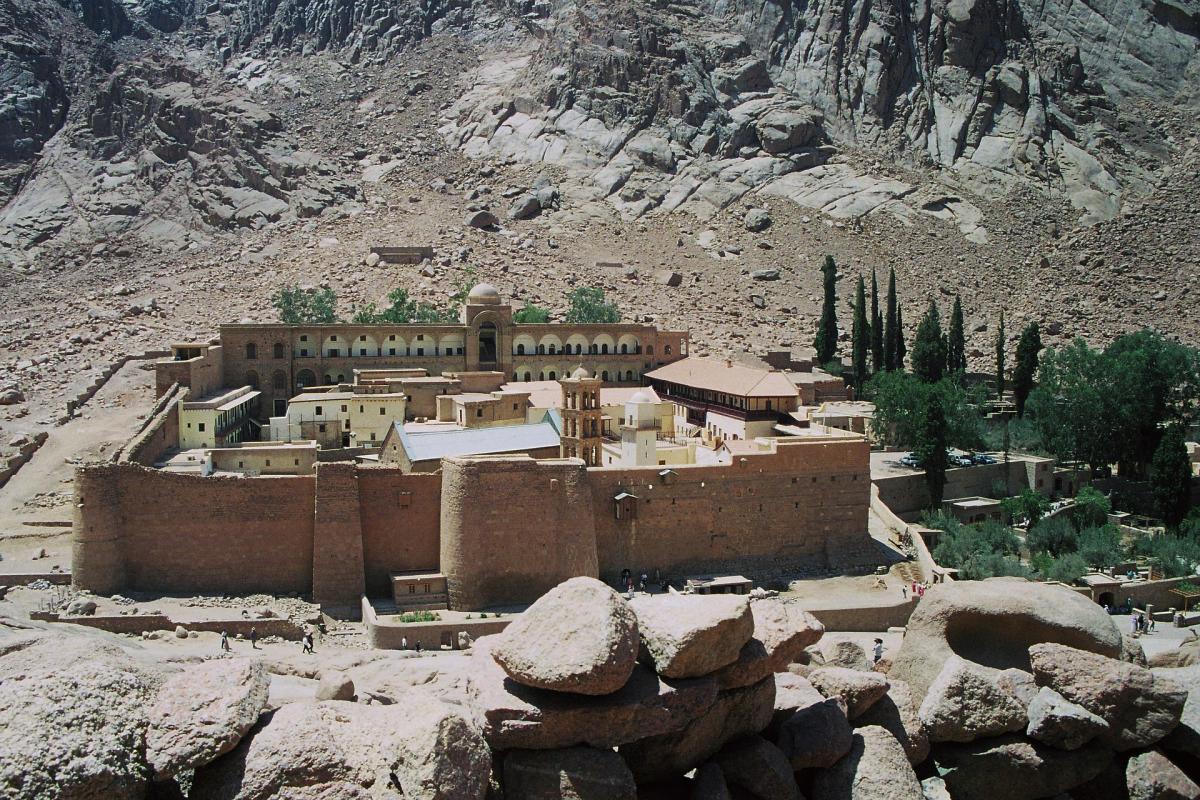
Nestled at the foot of Mount Sinai in the rugged heart of the Sinai Peninsula, Egypt, Saint Catherines Monastery stands as a testament to centuries of faith, history, and art. Officially known as the Sacred Autonomous Royal Monastery of Saint Catherine of the Holy and God-Trodden Mount Sinai, it is the...
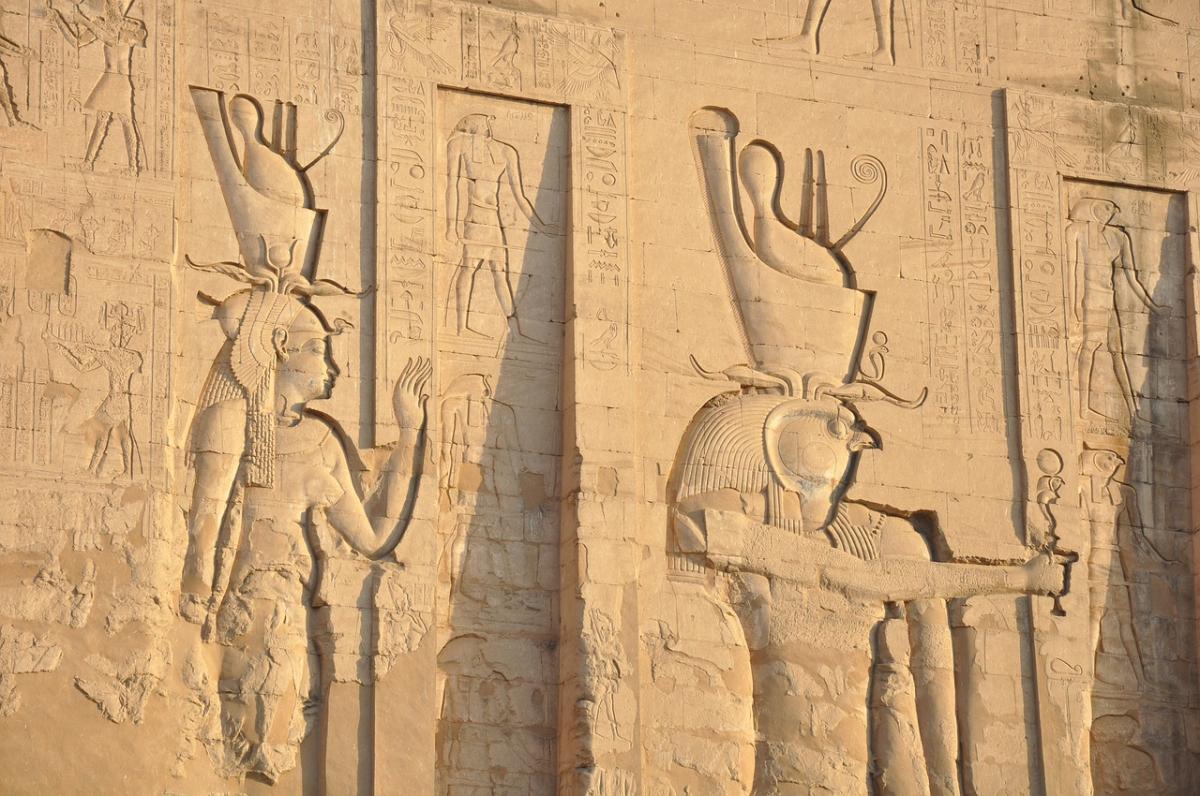
Egypt, a nation at the crossroads of Africa and the Middle East, boasts a culture that is as rich and layered as its millennia-old history . From the monumental legacy of the Pharaohs to the enduring influence of Coptic Christianity and the pervasive traditions of Islam, Egyptian culture is a vibrant...
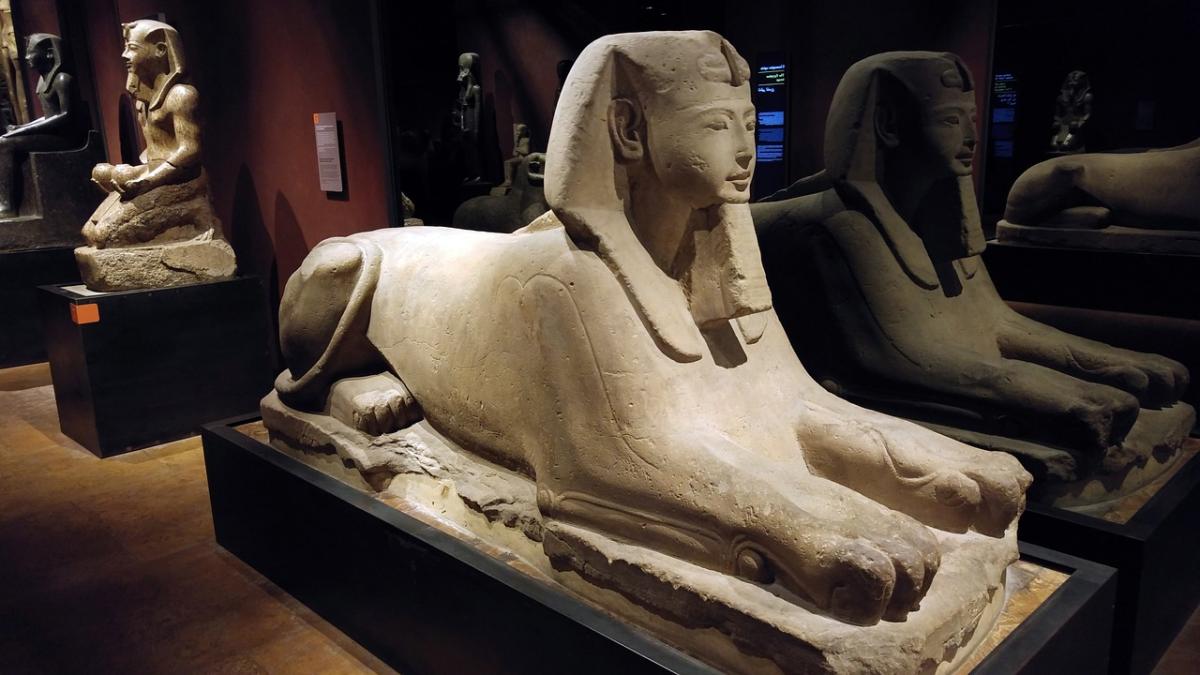
Located in the heart of Cairo on Tahrir Square, the Museum of Egyptian Antiquities, commonly known as the Egyptian Museum, stands as the oldest archaeological museum in the Middle East . For over a century, it has been the worlds foremost repository of Pharaonic antiquities, offering an unparalleled...